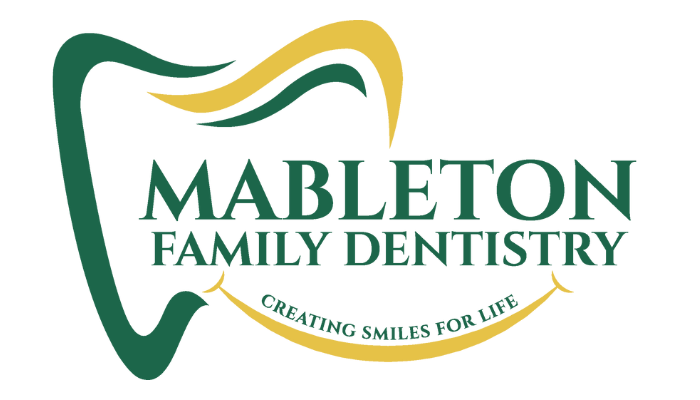Signs You Need a Root Canal Treatment
Taking care of your oral health goes beyond brushing and flossing—sometimes, dental issues can develop deep within a tooth, requiring more than routine care. One common procedure that addresses serious tooth infections is a root canal treatment. While many people associate root canals with pain, the reality is that this treatment actually relieves pain and saves your natural tooth. At Mableton Family Dentistry, we’re committed to helping you recognize the early signs that might signal the need for a root canal and provide expert care every step of the way.
What Is a Root Canal?
A root canal is a dental procedure used to remove infected or inflamed pulp from inside a tooth. The pulp contains nerves, blood vessels, and connective tissue, and once it becomes damaged—due to decay, cracks, or trauma—it can cause significant pain or lead to more serious infections.
The goal of a root canal is to clean out the infected tissue, disinfect the area, and seal the tooth to prevent future issues. It’s often the best way to preserve a natural tooth rather than having it extracted.
Common Signs You Might Need a Root Canal
Knowing when to seek help can save your tooth and protect your overall health. Here are the most common signs that could mean you need root canal treatment:
1. Persistent Tooth Pain
Tooth pain that doesn’t go away is a classic sign of a deeper issue. If the pain intensifies when you chew or apply pressure, or it’s enough to disrupt your daily activities, it could indicate infected pulp. Even if the pain fades temporarily, the infection could still be active and spreading.
2. Sensitivity to Hot and Cold
If you experience sharp, lingering pain when consuming hot coffee or cold drinks, it might be more than standard tooth sensitivity. Prolonged discomfort after temperature changes is often a sign of damaged or infected nerves inside the tooth.
3. Swollen or Tender Gums
Swelling around a specific tooth may indicate infection. You might also notice a small, raised bump on your gums (called a gum boil or abscess), which is a sign that pus is collecting near the tooth root due to bacterial infection.
4. Discoloration of the Tooth
A tooth that becomes noticeably darker than the others may be a sign that the inner tissue is damaged. This discoloration could be due to trauma or decay that has reached the pulp.
5. Cracked or Chipped Tooth
If you’ve chipped or cracked a tooth, bacteria can enter through the opening and infect the pulp. Even a minor fracture can lead to significant problems if left untreated.
6. Loose Tooth
A tooth that feels loose might mean that infection has weakened the surrounding bone structure. If you notice any mobility in a tooth, especially when paired with other symptoms like pain or swelling, it’s important to seek dental care right away.
Why Early Treatment Matters
Ignoring the signs of a tooth infection can result in more serious complications, including:
-The spread of infection to surrounding teeth and tissues
-Bone loss around the root
-The need for tooth extraction
-Increased treatment time and costs
By seeking care from the best dentist in Mableton, GA at Mableton Family Dentistry, you can avoid these outcomes and keep your smile healthy and strong.
What to Expect During a Root Canal
If you need a root canal, don’t worry—it’s not as scary as you might think. Modern dental technology has made the procedure quicker and more comfortable. Here’s a general idea of what you can expect:
Diagnosis and X-Rays: We’ll confirm the need for a root canal using advanced imaging.
Anesthesia: Your tooth and surrounding area will be fully numbed to ensure comfort.
Removal of Infected Tissue: The dentist will clean out the pulp and shape the root canal.
Filling and Sealing: The cleaned canal is filled with a rubber-like material and sealed.
Restoration: Often, a crown is placed to protect and restore the tooth’s function and appearance.
Trust Mableton Family Dentistry for Your Root Canal Needs
At Mableton Family Dentistry, we specialize in providing gentle and effective root canal treatments tailored to your unique needs. We’re proud to be recognized as the best dentist in Mableton, GA, and our goal is to make your experience as smooth and stress-free as possible.
If you’re experiencing any of the signs listed above, don’t wait. Early treatment can save your tooth and relieve your pain.
Schedule Your Consultation Today
Concerned you might need a root canal? Contact Mableton Family Dentistry to book an appointment. Our experienced team is here to help you regain your dental health and protect your smile for years to come.








